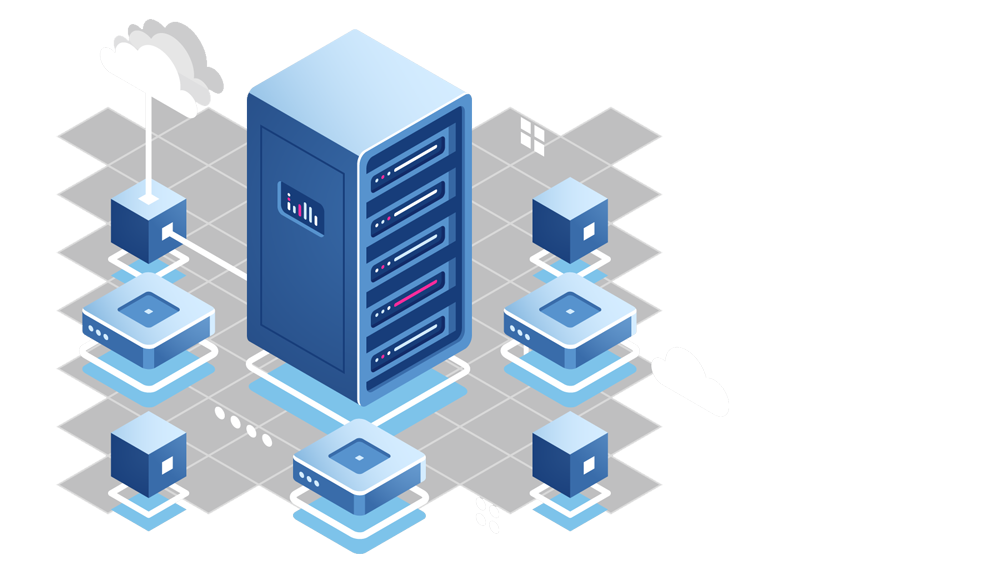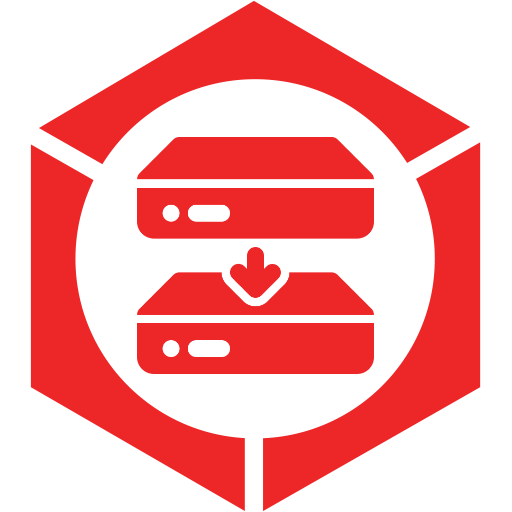High availability of applications
Services redundancy & Database replication
The availability of your COOX application is essential. To warn you of a fault on one of the application servers, the COOX-RS module offers you redundancy of system and application services and database replication through the installation of one or more secondary servers which will take over in the event of a problem.

The COOX-RS module enables the easy set-up of redundancy and replication mechanisms through a simple configuration. Different services can be associated with the redundancy of each service (system, communications, database), which allows the module optimal efficiency in many architectures.
The module is the direct complement of the COOX platform (COllaborative Operation & eXecution) and its capacities extend to all the MESbox packs in the range.
Objective: Ensuring production continuity and data backup
A hardware architecture involves different players: servers, networked clients, as well as programmable industrial PLCs, connected by the field network to servers.
The COOX-RS module operates on the principle of one main server and one secondary server. Multiple server pairs can be put in place. The execution of a set of COOX servers is carried out on only one of the servers. In the event of a fault on the main server or an action by the administrator, all of the services switch over to the secondary server.
The services will restart automatically. The continuation of the process is validated by an operator action. The clients will automatically reconnect on the valid server.
These capacities are supplemented by a replication, which consists of writing data on two identical databases.
The activation of redundancy is possible in many cases, which makes it possible to cover multiple fault situations depending on the architecture used, namely :
• The main server becomes inoperable (crash)
• The COOX process stops being active on the main server
• The main server is no longer visible on the secondary server
• The switch is forced by the application (e.g. upon detecting a communications problem with the PLCs or the database)
• The switch is requested by the administrator
Examples of architecture: redundancy of a single-server application
The application is based on only two servers, one main server and one secondary server. In order to ensure production continuity, the COOX services, as well as other programs (communications, database) must be present on both servers. The deployment of COOX services is automatic. The COOX-RS module is also capable of automatically launching OPC communications servers on the secondary server in the event of a switch. The COOX-RS module automatically replicates the data in the database and maintains the process execution context on both servers. In the event of a switch, the process (COOX-MESbox PMT module) can be taken over where it left off.
Examples of architecture: communications servers and remote workshops
In this architecture example, the management services for one workshop, the COOX communications client, and the communications server are remote on one specific server.
This configuration is suitable for installations that are spread out over multiple workshops.
Communications connections are optimized, the load is distributed and workshop updates are facilitated.

CORRESPONDING MODULES OF THE COOX® RANGE
The functions are delivered by COOX-RS module (Replication & Redundancy Server) of COOX range.
- Automatic fault detection on a server through regular scanning
- Automatic restart of active services on the secondary server
- Assisted recovery mechanism for critical process functions
- Communication redundancy with PLCs
- Transparent database replication
- Automatic detection of certain network faults
- Automatic client switching to a valid server



